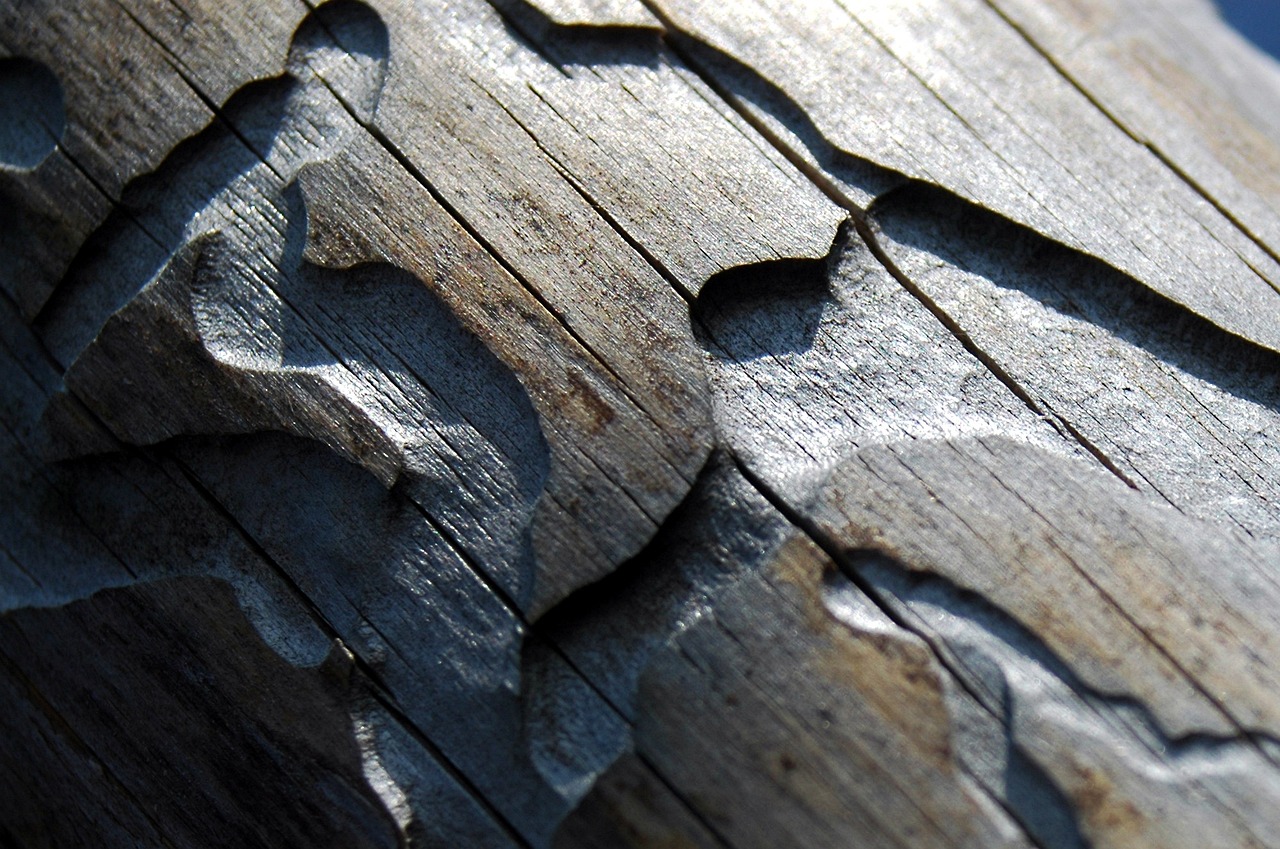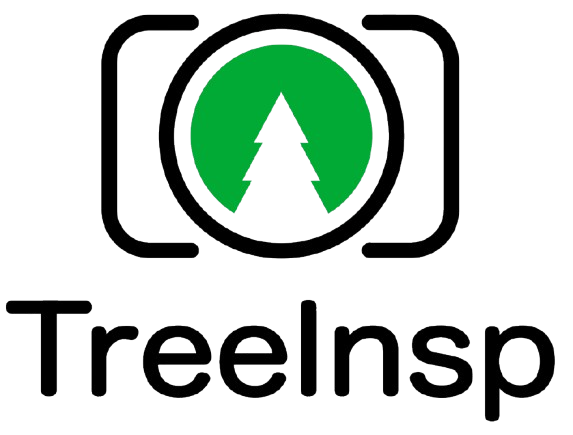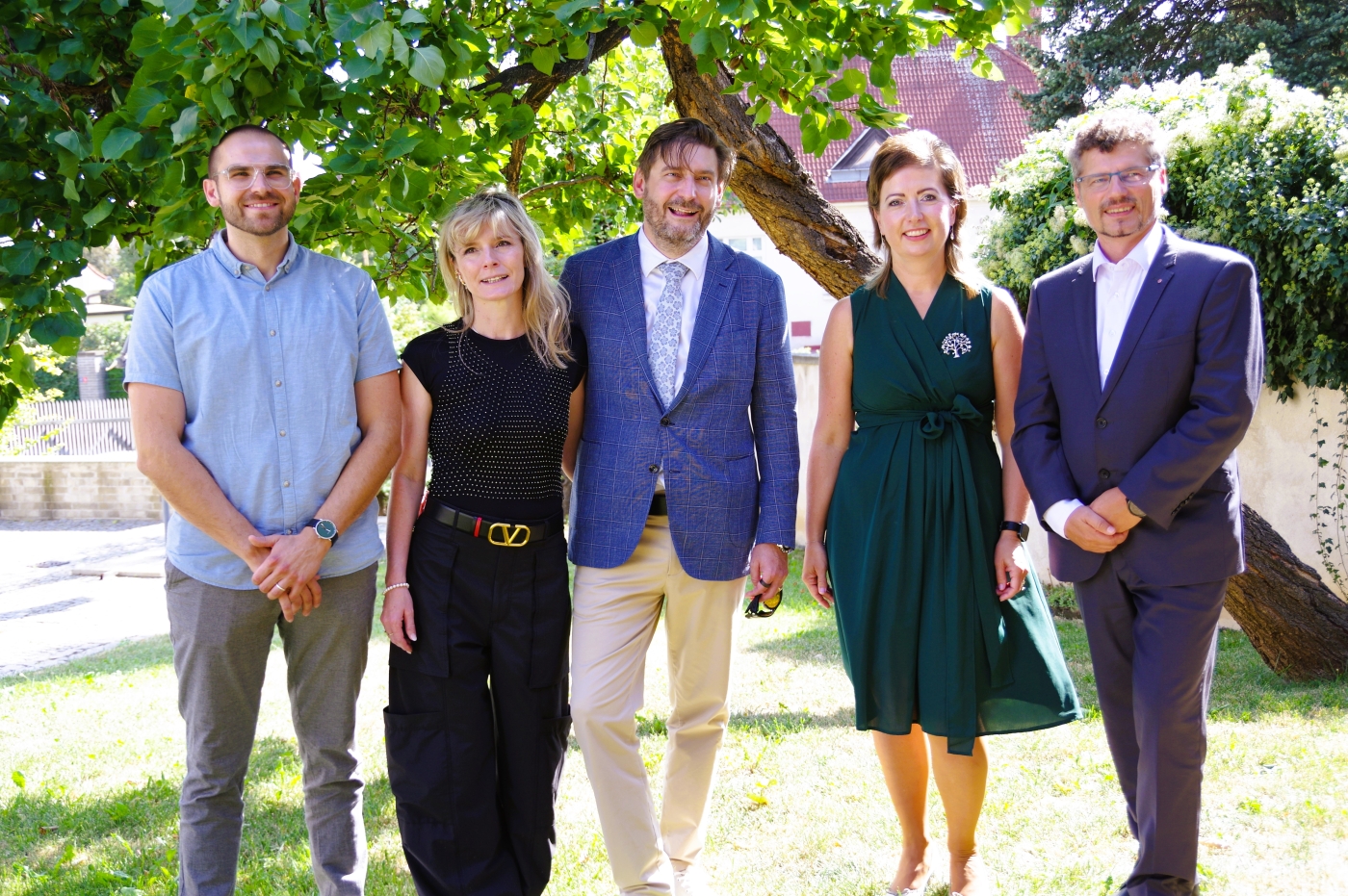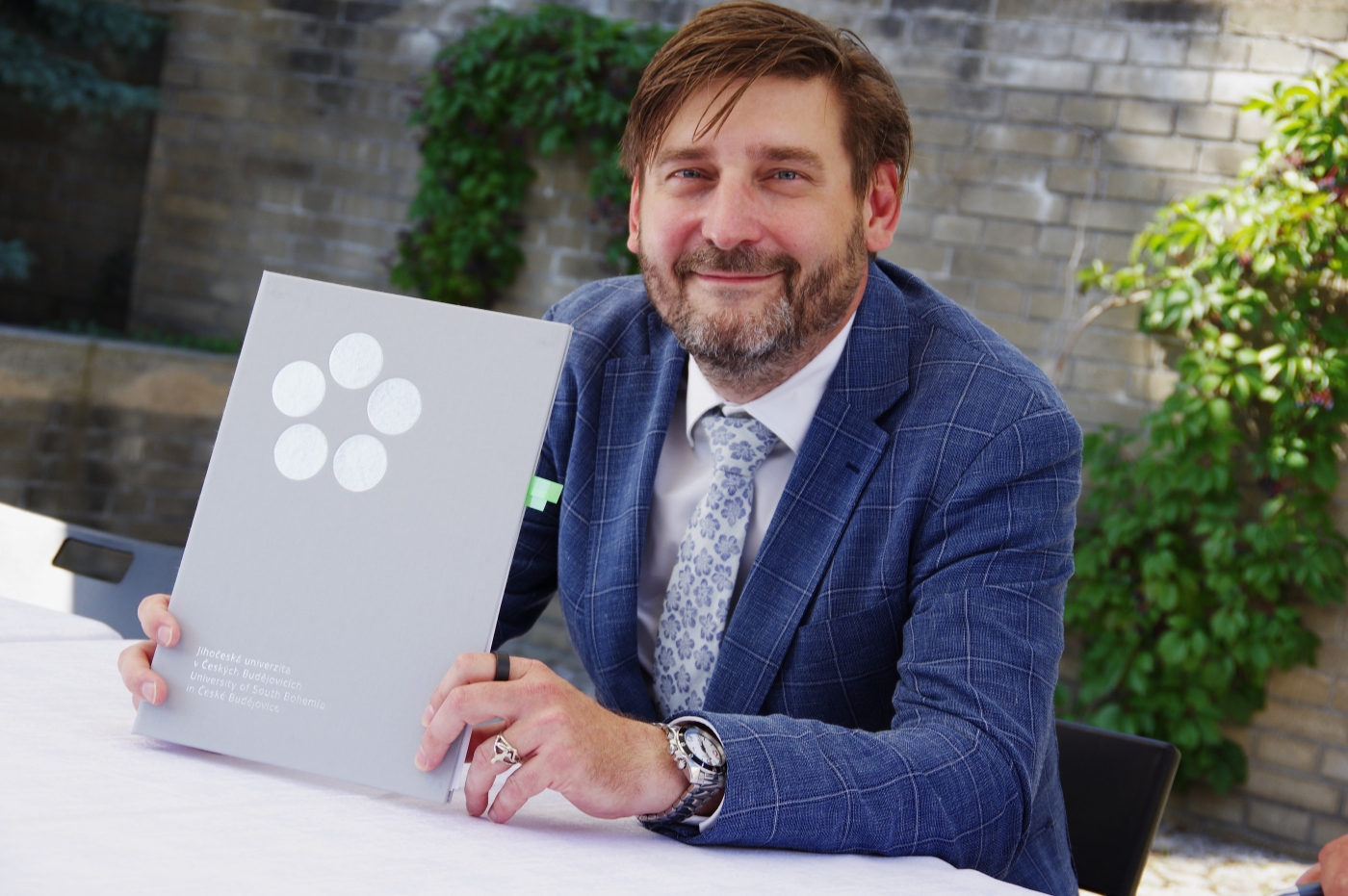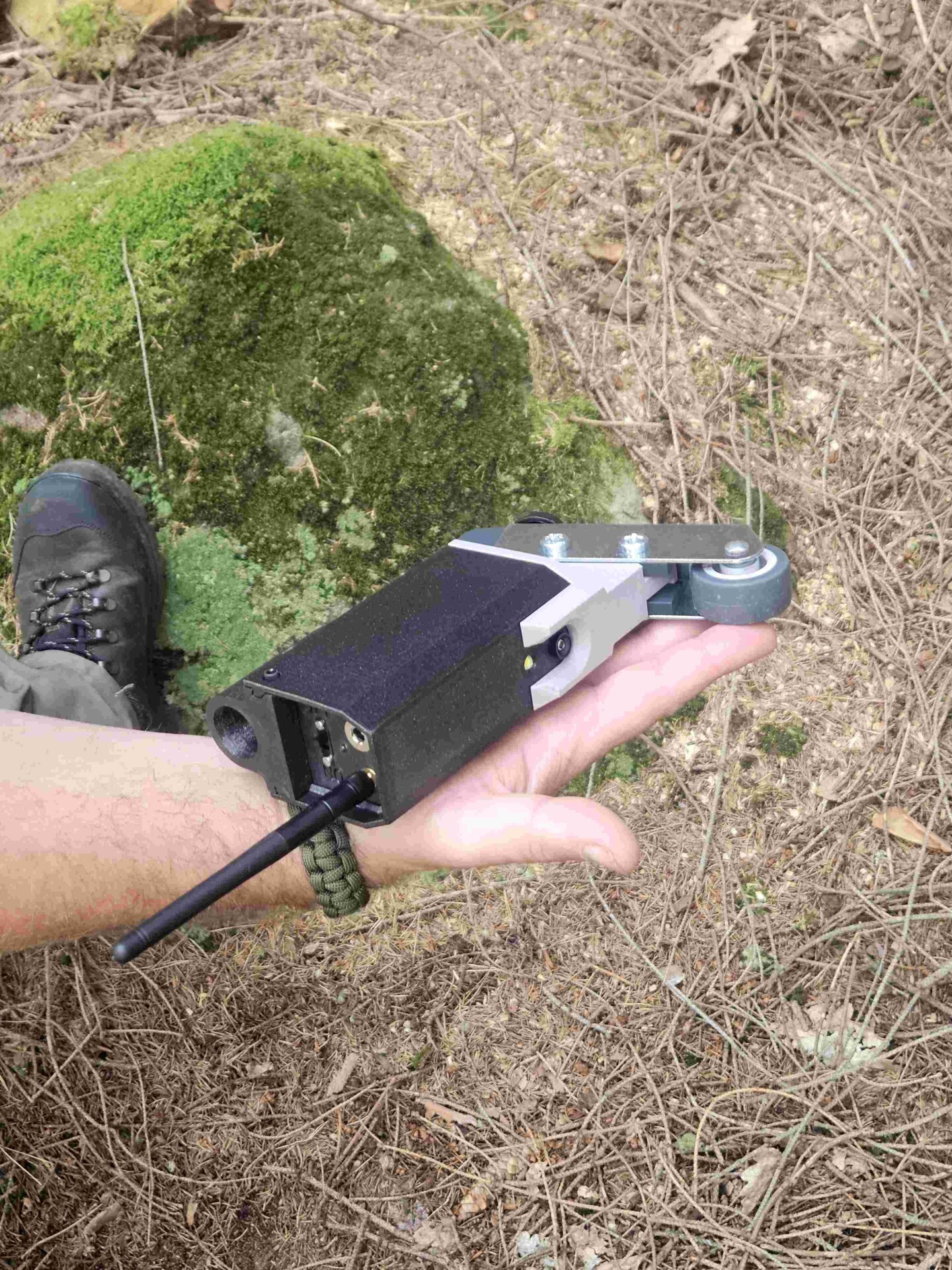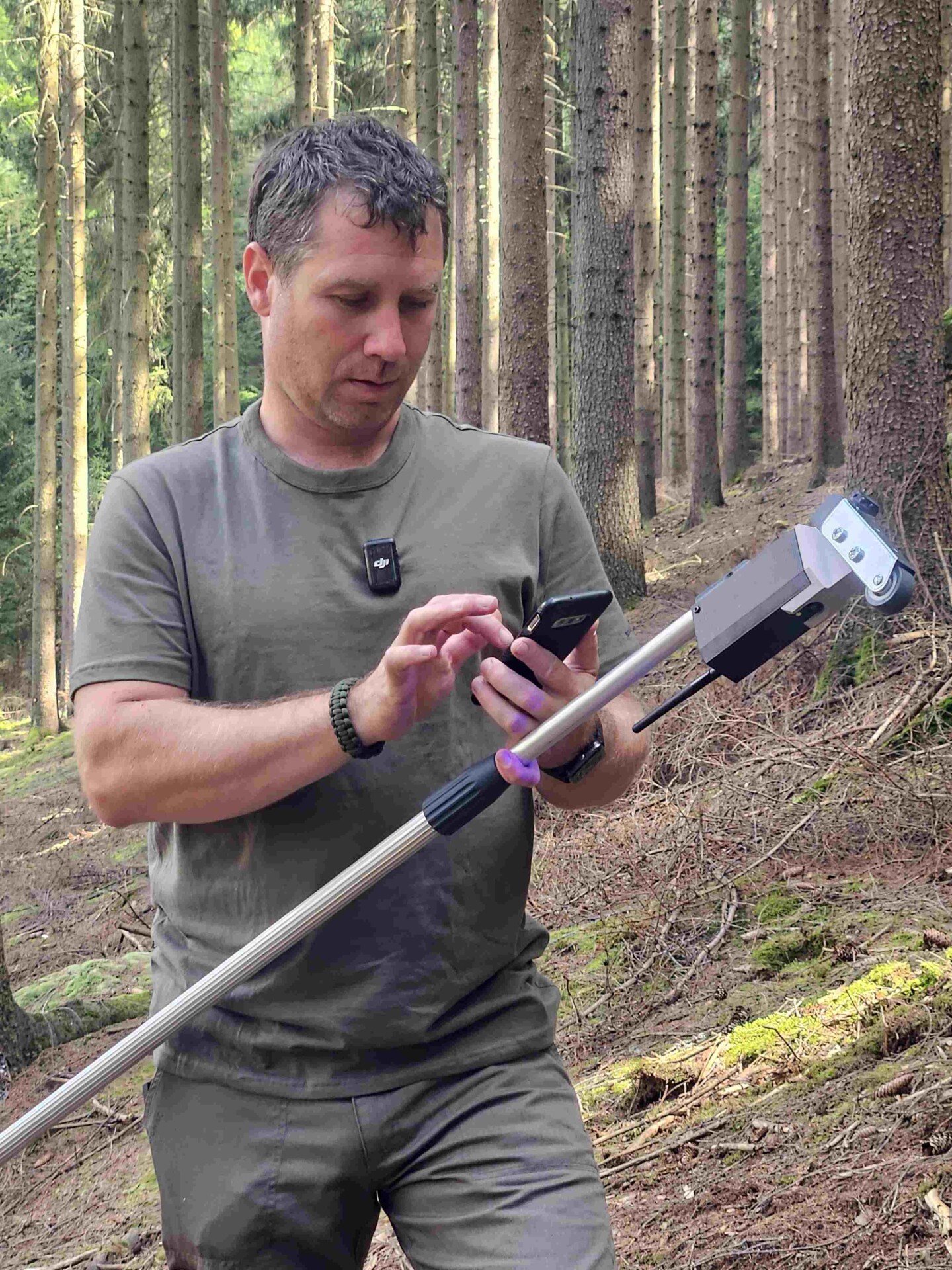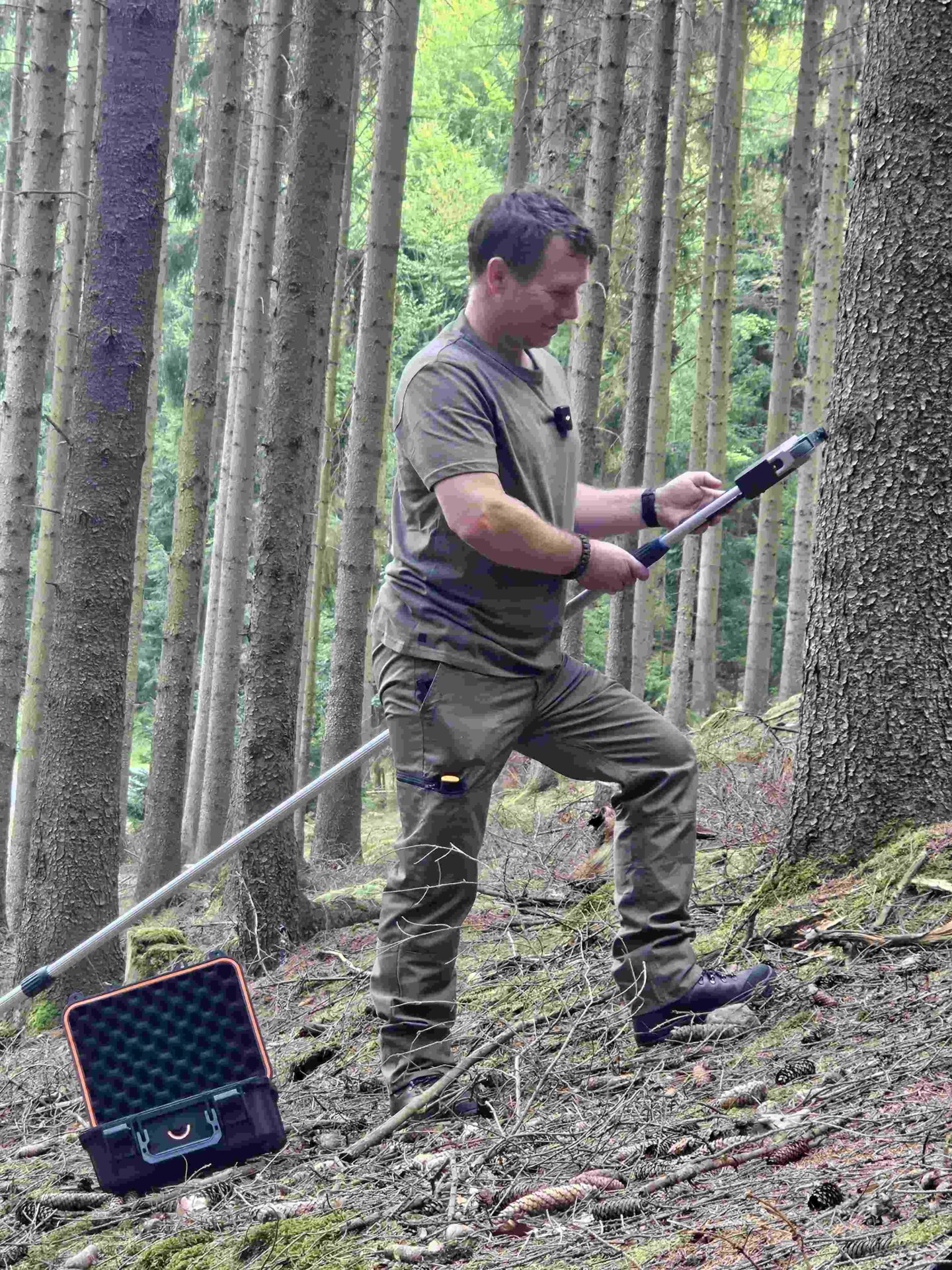Acquisition 2023
Treeinsp
The Czech Republic must innovate to protect its forests from bark beetle. It's not "just" about spruce trees anymore. Other stands are also at risk.
NeraAgro Holding, s.r.o. has started to offer a technological solution for early detection of bark beetles, developed by scientists of the Faculty of Science of the University of South Bohemia, within a joint project on the Czech market. It will also participate in its further development, which involves the involvement of AI technologies in data evaluation. The joint spin-off project responds to a specific market demand that came directly from Czech foresters. NeraAgro Holding, s.r.o. belongs to the GREATIVITY GROUP, SE
The bark beetle has moved on. The trained eye of a forester can't see it anymore.
Bark beetles are one of the most important threats to forests. It is essential to quickly and accurately identify infested trees, which can be a problem for canopy-dwelling species. The behaviour of the bark beetle has changed in response to climatic events: its burrows have to be searched for at a height of 3-8 metres from the ground, where the most experienced forester can no longer see with the naked eye. Bark beetle burrows are often blown out and signs of other pests are difficult to detect from the ground.
Other available methods include the use of drones or binoculars, which are ineffective in dense vegetation. So without the help of climbers or cutting off damaged branches, detection from the ground is virtually impossible.
The wireless probe will help to detect the calamity in time and prevent the unnecessary destruction of healthy trees.
Because traditional search methods fail, healthy parts of the stand are too often destroyed unnecessarily. However, leaving an infested tree in the stand almost always leads to a larger outbreak, so it is too risky.
The probe on the pole can reach where it is needed even in dense vegetation.
The patented camera probe technology on a telescopic pole allows easy control of infestations in the higher parts of the tree, even in dense undergrowth and inaccessible terrain.
The simple, easy-to-use camera fits into a technical, durable A4 case. The lightweight telescopic pole can be conveniently transported in the car and carried in the field. Use is a matter of minutes and evaluation of the camera footage takes place immediately on site. A mobile phone is used as a display device. The forester can thus react immediately to any findings, carry out a further thorough inspection of the stand or take other appropriate action.
Not only on spruce trees. Arborists are interested in the probe.
According to the media, the bark beetle calamity is over. But experts warn that further waves are inevitable, and may be even stronger. The main causes include climate change and the high number of spruce trees, which provides the bark beetle with plenty of food. Other risks include the lack of adaptation of forests to changing conditions and high levels of wildlife, which hampers the recovery of deciduous forests that help with regeneration. Forest diversification and better preparedness for future calamities help to mitigate this negative trend.
Not only foresters but also arborists are interested in the probe, who see it as a strong ally in the rapid and effective identification of other pests and fungi that threaten rare stands. They could do without the necessary help of professional climbers, whose cooperation is financially and organisationally demanding.
Strong team
The project of the probe development was led by Dr. Petr Doležal from the Institute of Entomology of the Biological Centre in České Budějovice, Prof. RNDr. Milan Novák, CSc. from the Faculty of Science of the University of South Bohemia and the company NeraAgro, spol. s r.o.
It's a little bit of magic to bring a product to life that is developed by someone in academia, and we create a bridge between academia and those who need the product.
We want to work hard on further processing and extracting data from the probe, connecting it to AI and using it for analysis. And to expand the areas where the probe can help. I see collaboration with arborists as the first open opportunity. We expect interest from outside the Czech Republic as well. Similar, or rather the same, problems are being solved by foresters in Austria, for example.
Jaroslav Křtěn
Director of Nera Agro Technology


At Greativity, we look for technologies that use a creative approach to the brief and are not so investment intensive. Through Nera Agro, we are giving the bark probe project a business infrastructure, a marketing vehicle and knowledge of the markets in which it could be applied. If the project outgrows us, we will hand it over to someone else who will give it another life and take-off.
Jan Vyskocil
CEO Greativity Group
They say about the project...
-
prof. Ing. Pavel Kozák, Ph.D.
Rector of the University of South BohemiaWe are all seeing changes in the behaviour of invasive species and their adaptation to changing conditions due to climate change. We need to be ready to respond. Scientists at the University of South Bohemia have been working on these issues for a long time. The probe, which enables monitoring and early detection of bark beetles, is one of the application outputs of a long series of their research works. I am thrilled that a common language has been found between scientists and the business community, and thanks to this, the product we have developed will have a chance to prove its worth in everyday practical use.
-
RNDr. Petr Doležal, Ph.D.
Faculty of Science, University of South BohemiaAt the beginning of the project, there were a number of situations where foresters were instructed to completely harvest a stand that was only partially infested. In all cases, the trees were dense younger stands where it was very difficult to distinguish infested trees from healthy ones using the available tools. The speed and precision of the intervention is crucial in these cases. If we had been able to identify the infested trees in time and with certainty, we could have saved up to 60% of previously healthy vegetation from these sites. The camera from the drone requires a monitor or tablet and several people to transmit the necessary information. In addition, the drone is unable to navigate through the dense undergrowth and display the necessary detail.
We were looking for a solution that would provide sufficient detail and one person to operate the entire system. The result is a camera that foresters simply use a telescopic pole to poke into the canopy of trees in dense vegetation to see whether or not the trees are infested. In the test, foresters were able to mark 50 trees that did not need to be harvested in one hour. The harvester did not have to harvest the entire hectare of stand, and the trees that were allowed to remain served as the base of the future stand.
The camera we have developed has proven to be useful in many other situations. A number of tree species are attacked by different species of bark beetle. Arborists are tackling the problems of fungal pathogens that until now could only be identified with the help of invited professional climbers. The probe saves considerable money in these cases and speeds up the identification process considerably. -
RNDr. Mgr. Růžena Štemberková, Ph.D., MPA
Rector's Office of the University of South BohemiaWe all want to see the results of the work of experts in universities commercialised - but to make our wishes come true, we need to give the projects the support they need. We need the commercial world to give more credence to the academic world and for them to become more intertwined. Treeinsp is a beautiful example that this is possible.
-
PhDr. Milan Novák, Ph.D.
Department of Computer Science, Faculty of Science, University of South BohemiaIt's a little bit of magic to bring a product to life that is developed by someone in academia, and we create a bridge between academia and those who need the product.
We want to work hard on further processing and extracting data from the probe, connecting it to AI and using it for analysis. And to expand the areas where the probe can help. I see collaboration with arborists as the first open opportunity. We expect interest from outside the Czech Republic as well. Similar, or rather the same, problems are being solved by foresters in Austria, for example. -
Jiří Krňávek
Project Manager, Greativity GroupOur role is crucial - we are the drivers of the project. We work with the scientists, but our job is to bring the technology to fruition and ensure its commercial success.
-
Jakub Domitra
Executive Director, BusymanThe issue of nature conservation goes hand in hand with climate change, it is undeniable. Protecting against the effects of invasive species are topics that we will encounter more and more often. There is also a challenge for universities: to come up with transferable solutions that have an impact.
If it is not IT technology that is sold online, but more pragmatic things, it is necessary to add a private sector "touch" with specific knowledge and skills.
